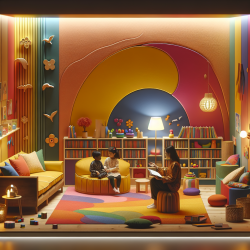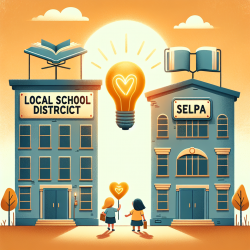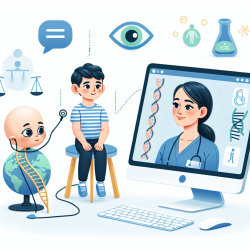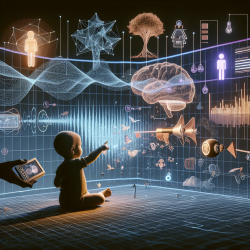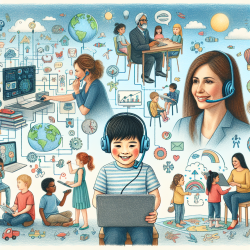In the realm of speech-language pathology, understanding the impact of the built environment on autistic children is paramount. A recent case study titled A case study on the effect of light and colors in the built environment on autistic children’s behavior offers valuable insights into how specific design elements can enhance the wellbeing and cognitive functioning of autistic children. By implementing these findings, practitioners can create more supportive and engaging environments for their young clients.
Key Findings from the Study
The study involved a comprehensive questionnaire survey conducted among autistic children aged 6 to 16 and their parents. It aimed to determine the sensory perceptions, preferences, and sensitivities of these children toward colors and lighting. Here are the main findings:
- Color Preferences: Autistic children respond differently to various hues. Neutral tones and mellow shades have a calming effect, while bright, bold colors can be stimulating.
- Lighting Sensitivity: Bright lighting can cause behavioral changes in children prone to light sensitivity. Natural daylight is preferred, and dimmable lights can help control brightness levels.
- Space Organization: Well-defined, orderly, and predictable spaces help autistic children navigate their environment with ease.
- Wayfinding: Simple navigational aids like color-coded paths can make spaces more accessible and less overwhelming.
- Acoustics: Reducing sound levels and echoes can improve mental attentiveness and reduce stress.
Practical Applications for Practitioners
Based on these findings, here are some practical steps that practitioners can take to create autism-friendly environments:
- Use Calming Colors: Incorporate neutral and pastel shades in the interior design to create a soothing atmosphere.
- Optimize Lighting: Use natural daylight as much as possible. Install dimmable lights to allow for adjustable brightness levels.
- Organize Spaces Logically: Ensure that spaces are well-defined and follow a logical sequence to make navigation easier for autistic children.
- Implement Wayfinding Aids: Use color-coded paths and visual aids to help children navigate spaces independently.
- Enhance Acoustics: Reduce ambient noise and manage sound levels to create a quieter, more comfortable environment.
Encouraging Further Research
While this study provides a solid foundation, further research is needed to explore the combined effects of light, color, and other environmental factors on autistic children. Practitioners are encouraged to stay updated with ongoing research and consider conducting their own studies to tailor environments to the unique needs of their clients.
To read the original research paper, please follow this link: A case study on the effect of light and colors in the built environment on autistic children’s behavior.
